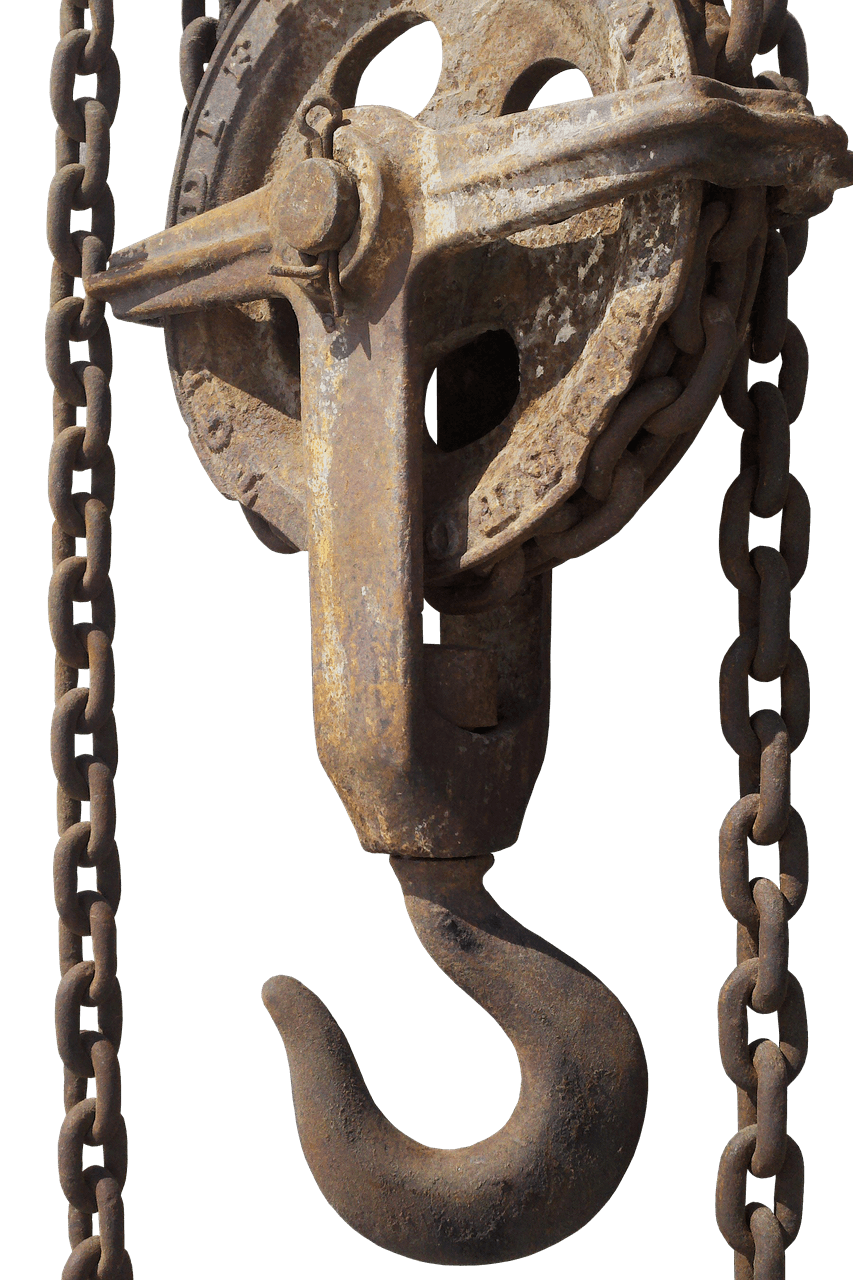The Good, the Bad and the Ugly of Working with Hoists
Hoists have become one of the most important pieces of equipment in the world. While they might not directly impact our everyday lives, they have no doubt indirectly had an impact on us in many, many ways. Find out more about this below, as well as some of the good, bad, and even ugly points about working with hoists.
Why have hoists become so important to work with?
This type of equipment is now used in dozens of industries for hundreds of applications worldwide. As we said, they will have affected us indirectly in more ways than you may think. They are used on production lines to create the electronics we use every day, they are used to build the homes that we live in, and they even help in food processing plants to put food on our tables.
There have even been hoists that have been designed for explosive (ATEX rated) or undersea environments, meaning that they have become truly versatile, and able to operate where many humans cannot. So, what are some of the positives, and negatives, of working with hoists?
The good of working with hoists
We thought that it would be best to start with the good points of working with hoists, and there are definitely plenty! For a start, hoists are an absolute necessity in many industries around the world.
They have become incredibly versatile pieces of equipment
Putting efficiency benefits to the side for one moment, the simple fact is that hoists are able to lift a vast amount more than humans. Capable of working with tens of thousands of kilograms in weightage, some operations simple wouldn’t be able to be completed without the use of hoists.
Coming back to the other benefits that hoists offer; there are plenty of reasons that they are great pieces of equipment. They are versatile, able to operate in different ways and in many different industries. Many are compact and lightweight, making for easy transportation around worksites. Some are manufactured from aluminium, further adding to a lighter nature, as well as corrosion and rust resistance.
They can have multiple uses, such as for lifting and lowering tasks, or for pulling and towing applications. You’ll also find that there are a range of hoists on offer, suitable for a number of different environments.
For example, we have air hoists, electric hoists, manual hoists, hoists that are remote controlled, some that can operate deep undersea, and others that are perfect for hazardous environments. In short, there is a hoist for almost any need that you may have.
They have more functions than you might think!
Finally, one of their strongest positives is that they have been designed with safety in mind. Many modern day hoists have innovative braking systems, meaning that workers, and loads, are protected at all times.
This, combined with the many benefits that we have briefly examined above, mean that there are a huge number of good reasons to work with hoists.
The bad of working with this type of equipment
However, there are also some bad sides to working with hoists too that you must be aware of. While we mentioned that there are hoists designed for different environments, such as some for deep undersea or some for explosive environments, some have only been designed with this one purpose in mind.
That means that you can’t simply go online, order a hoist and sit back while all the work gets completed for you! Firstly, you will need to accept that it’s not a one-glove-fits-all situation with hoists, and you’ll need to spend some time doing some research and thinking about why you need a hoist. From this, you can start to think about which might be most appropriate for you.
Secondly, some gear will still require a large amount of effort on your part. This is particularly so with manual hoists, which still require manual operation. While hoists were designed to make operations easier for you, they weren’t designed to do all of the work! So be prepared for this.
Hoists such as electric hoists or air hoists, while slightly more expensive than manual hoists, do help to ease some of these labour burden somewhat.
The downright ugly!
Finally, there can be an ugly side to working with hoists too, although this ugly side is usually shown through negligence by those working with the equipment! It’s absolutely crucial to remember that all pieces of lifting equipment, including hoists, have a safe working load (SWL), sometimes also referred to as the working load limit (WLL).
It’s important that you look after your equipment to avoid damage!
This is the absolute maximum that you should be lifting at all times. The actual lifting capability of the hoist, however, will be much greater than this, so it can be tempting at times to try and lift heavier loads.
Unfortunately, exceeding the SWL, which are the manufacturer’s guidelines, makes the service life of your hoist unpredictable, and can put everyone and everything in danger around a worksite. You definitely don’t want to see this nasty side to hoists!
It is also worth remembering that while hoists are designed to have a long service life, they will suffer natural wear and tear over the years. With this in mind, you will have to make sure that you are regularly servicing and inspecting your hoist, as you can find laid out in the Lifting Operations and Lifting Equipment Regulations 1998 (LOLER).
You must also expect that there will be an end-date to the service life of your hoist. While they will last for many years, they aren’t completely invincible! However, if you look after your equipment properly, this date will be many, many years away.
Would you like to find out more about our products?
While there can sometimes be some downsides to working with this type of equipment, as you can see from above there are an overwhelming number of positives. This has meant that they have transformed many industries around the world.
If you would like to find out more about our range of products, or if you have any other questions about working with hoists, please get in contact with us here.

 Fast Delivery
Fast Delivery Low Prices
Low Prices Buy Online
Buy Online

